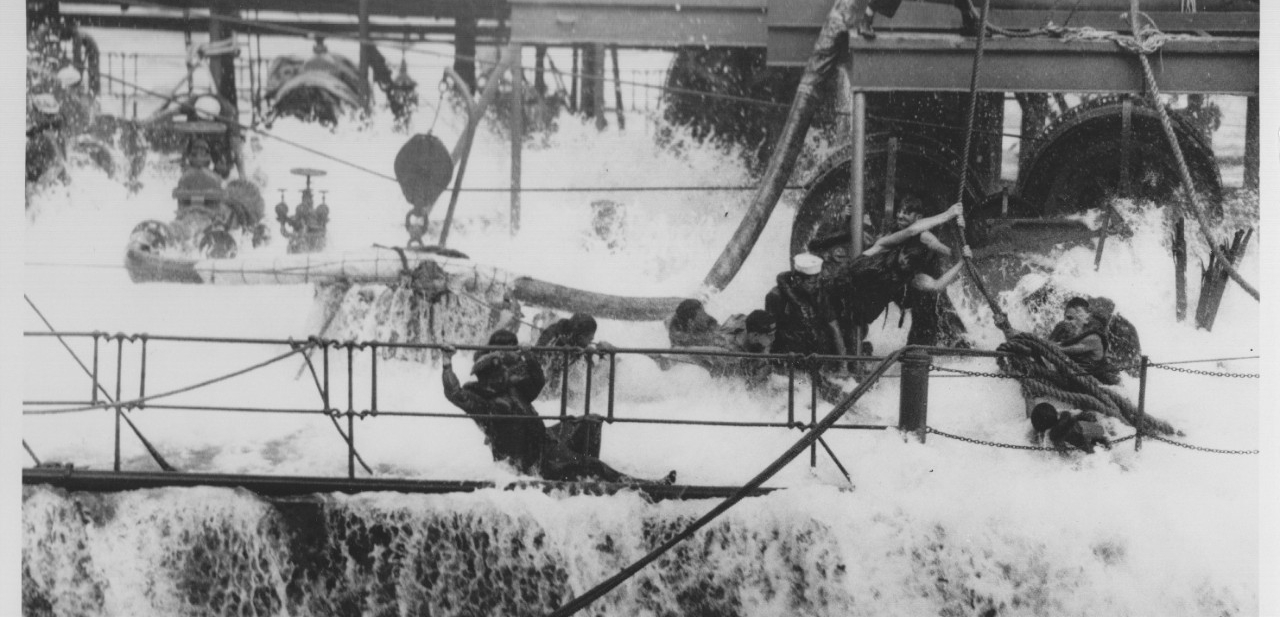
Coral Sea: Preliminary Activities
Good communications intelligence allowed the U.S. Pacific Fleet to prepare to meet the planned Japanese offensive against Port Moresby, though available resources provided little margin for error. The freshly overhauled carrier Lexington (CV 2), rushed out from Pearl Harbor, joined USS Yorktown in the probable action area on 1 May, doubling Rear Admiral Frank Jack Fletcher's carrier forces and bringing along another experienced flag officer, Rear Admiral Aubrey W. Fitch. These carriers and their consorts engaged in several days of refueling from the oilers Neosho (AO 23) and Tippecanoe (AO 21), while awaiting the arrival of two Australian cruisers to reinforce the six already on hand.
On 3 May a small Japanese naval force carried out a landing at Tulagi, on the northern side of the Coral Sea, where they quickly established a seaplane base to provide reconnaissance deeper into Allied waters. Leaving Lexington behind and detaching Neosho to join her, Rear Admiral Fletcher took Yorktown off to interfere with the landings. On the morning of the 4th, his planes hit the invasion force. Though results were modest, to some extent due to humid air fogging the dive bombers' sights, the destroyer Kikuzuki was fatally damaged and a few other ships and seaplanes were sunk.
Fletcher then turned back south, rejoining Fitch on the 5th to top off his fuel tanks. The Japanese were now advancing into the Coral Sea with the Port Moresby Invasion Force and the separate Covering Force and aircraft carrier Striking Force. Both the American and Japanese carrier commanders spent the 6th moving westward, unaware just how close they had come -- at one point they were but 70 miles apart!
This page features views of the Battle of the Coral Sea's preliminary activities, 1-6 May 1942.


